How to Choose Paint Colors: 7 Tops Tips & Ideas

I’ll help you unlock the potential of paint to transform your spaces by teaching you how to choose paint colors for your home. The right paint helps you to transform your living space into a masterpiece without breaking the bank.
Let’s learn tips, tricks, and ideas for choosing paint colors to brighten up your space or make a big statement in any room.
How to choose paint colors
1. Consider color palettes
Picking paint color may seem like a small decision but it’s one of the most critical choices in decorating. The right color can transform the look and vibe of a space.
When it comes to considering color palettes, what appeals to you most? It helps to understand the basics.
Pro-Tip 1 All warm or all cool
When selecting paint colors, particularly for accent walls, it’s often a good idea to have all cool or all warm colors. For example, if you want to paint an accent wall but are unsure about what complements your non-neutral colored walls.
Pro-Tip 2 Fixed elements matter
Consider the color of the foundational and fixed elements of the room such as countertops, wall tiles, or floors that can’t be easily changed. Work with them, not against them, for a harmonious look.
2. Narrow down your paint color selections
Narrow down your paint options to only three or four colors. To choose the perfect colors, know your objective–to add a pop of color or an overall appealing shade that works throughout your home.
Here are the seven steps to choosing the right color:
3. Test your paint colors
Don’t trust the color of the paint chips. Test the paint color before you make a final decision. Get a large white poster board, and paint 8-inch x 8-inch color swatches on the board keeping them apart for clarity. Bigger samples are better.
You can also order prepainted peel-and-stick samples from the paint company’s website or other sites that offer these samples, such as Samplize.com. Attach those to your poster board if you don’t want to paint.
4. Spend time with your color options
Consider painting multiple poster boards or multiple samples. This is helpful when picking similar shades, such as various tones of off-white or gray.
This technique helps you avoid the influence of neighboring wall colors. Don’t paint the wall color samples directly on the existing wall color.
Shift the boards to different walls so you can see how the colors interact with changing light conditions, such as in…
The sun’s reflection from nearby elements such as buildings or landscapes can impact the room’s color perception.
For instance, a white wall may take on a pinkish tint during the day if your room faces a red brick house.
5. Accent walls are a great way to try out a color
If there’s a bold color that you love, why not do an accent wall? Typically, the best choice for an accent wall is the one you see when you walk into the room.
6. Use paint to enhance your home's features
Consider painting your doors, baseboards, and trim in a contrasting color to your walls rather than just white and cream. Use a bold color while keeping your walls light.
Make built-ins stand out by painting them in contrasting colors to draw attention to them.
Paint the backs of bookcases a contrasting color to make a statement.
7. Give dimension to your flat walls
Paint the walls with a light muted color for a serene ambiance. Then add two light tones of the same color in wide vertical stripes on a single wall giving the illusion of a taller ceiling.
Use stripes to be adventurous in a children’s room.
Go vertically or horizontally with stripes.
Also, experiment with stencils and decals in kid’s rooms and laundry rooms.
How to choose paint colors
Knowing how to choose paint colors for your home is truly a game-changer when it comes to decorating. I hope these designer tips help you understand the process of choosing paint colors. Let me know your thoughts in the comments!

























































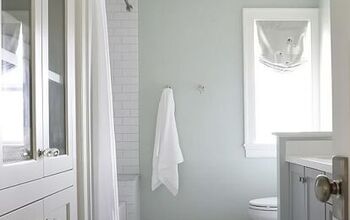
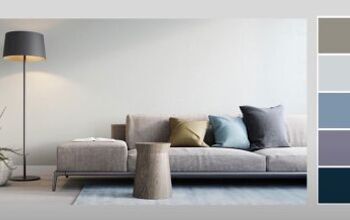


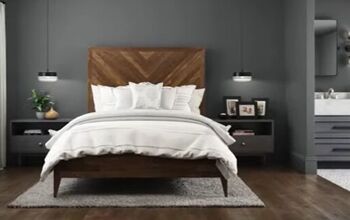

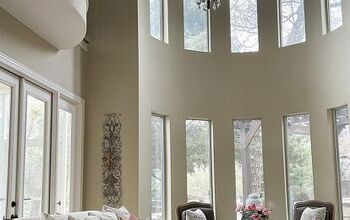
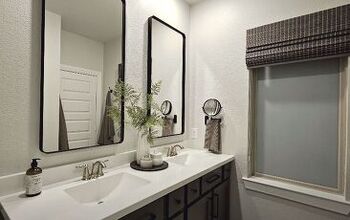





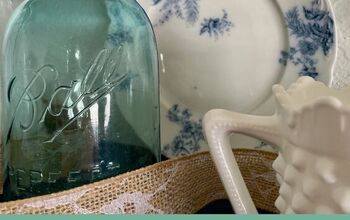
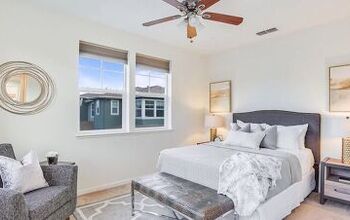


Comments
Join the conversation